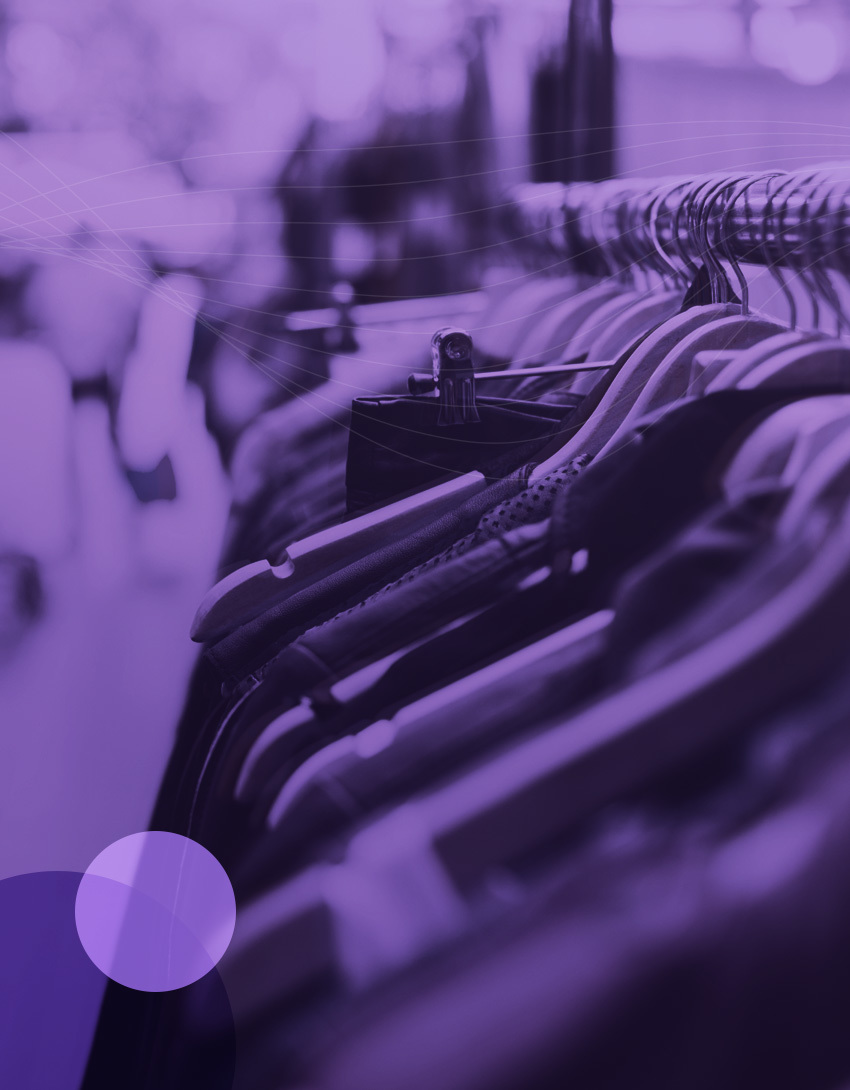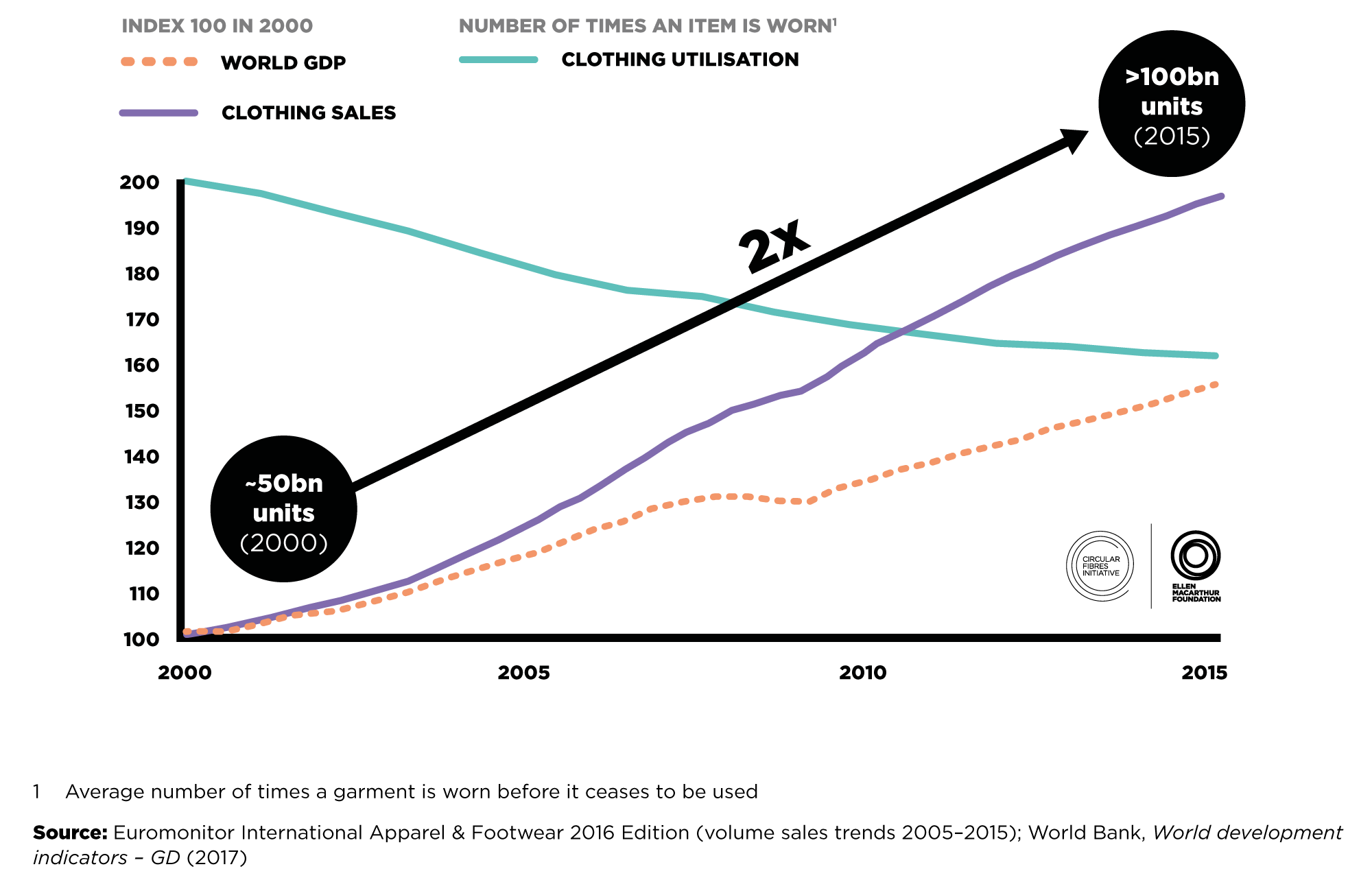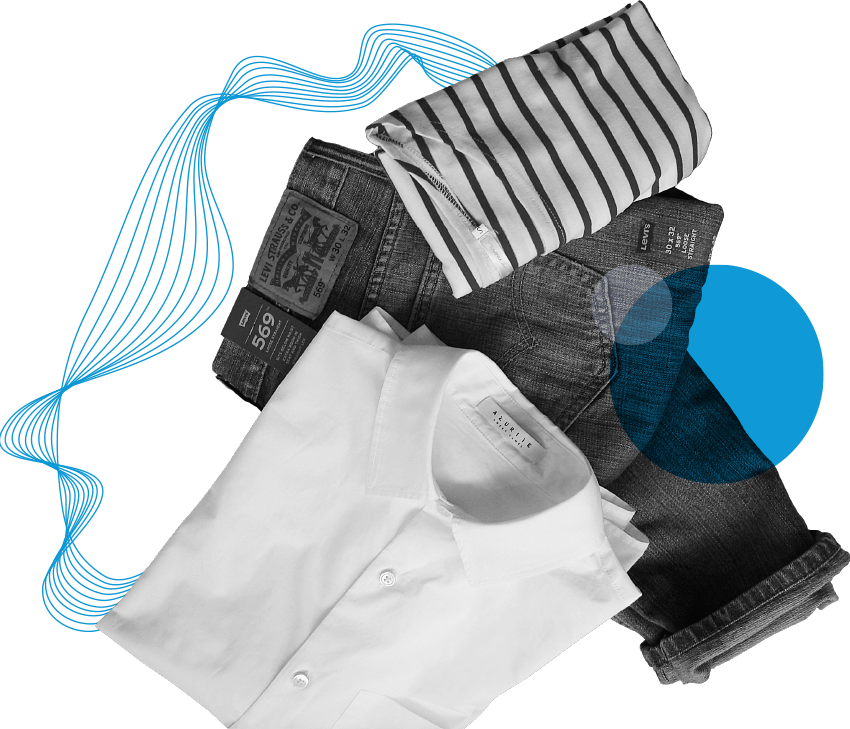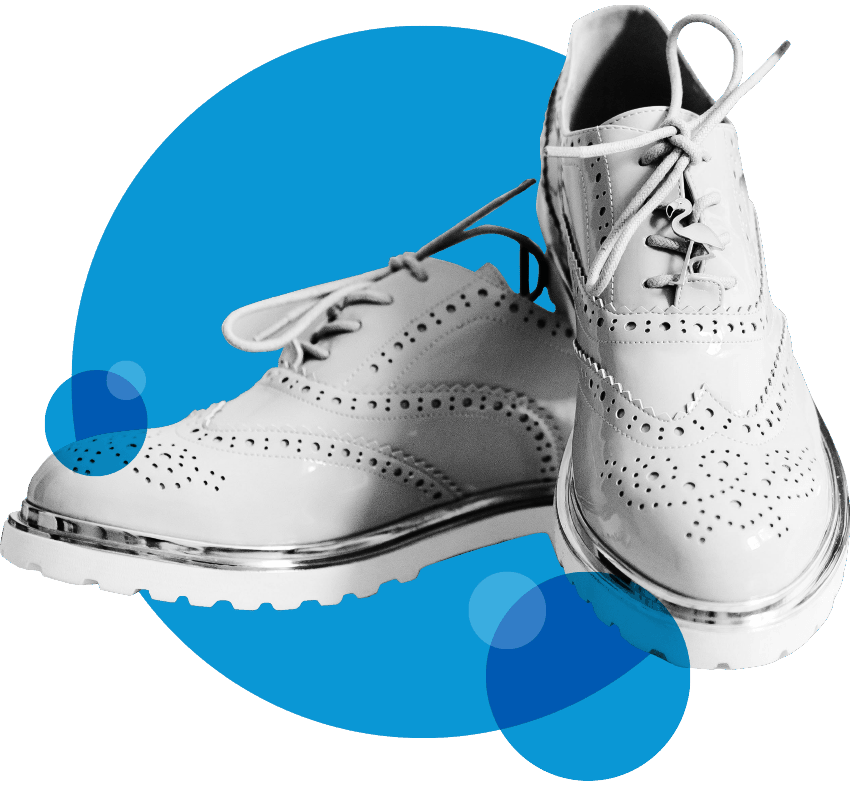Make durability more attractive
The case for new business models improves when clothes are of high-quality and durable.
This is because rental or resale models increase. Customers often value high-quality, durable clothes but a lack of information often prevents them from making the best choices . Quality purchases encourage the use of new technologies that provide customisation for maximum customer satisfaction. For clothes that become unwanted but are still usable, enhanced resale models offer an attractive opportunity. For customers who want to retain their clothes for longer, appropriate care should be encouraged and facilitated.
Currently, there are no industry standards to assess garment durability. Transparency could be created through clear and aligned quality labelling or guarantees. Quality is of particular interest in wardrobe ‘essentials’ and ‘staples’ which include coats, jumpers, jeans, t-shirts, socks, hosiery, and underwear, representing 64% of garments produced globally for both women and men. Many customers expect these items to last and often wear them until they have a material flaw, hard-to-remove stains, or have lost colouration.
